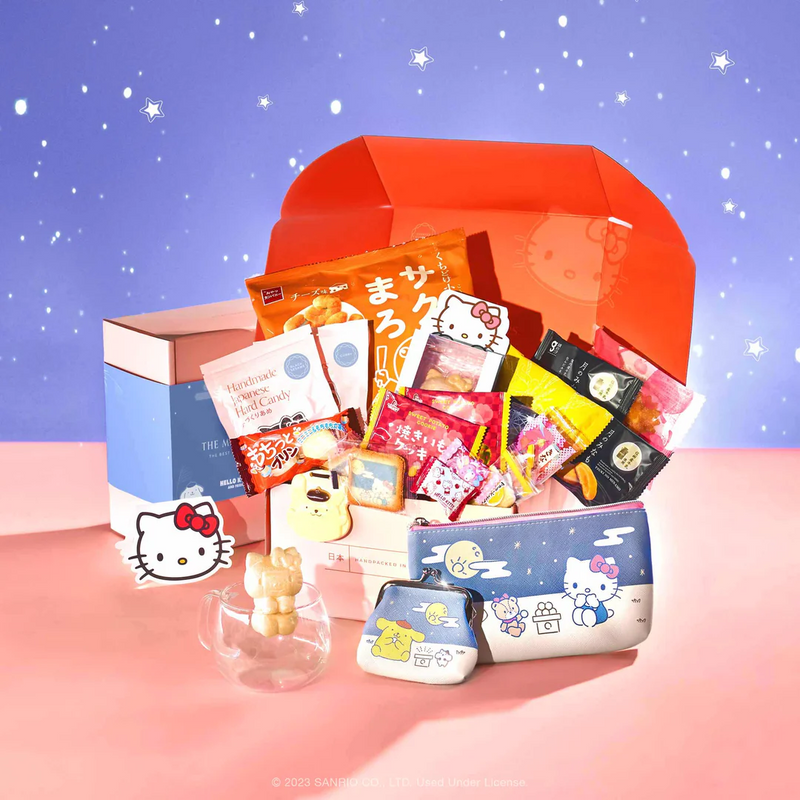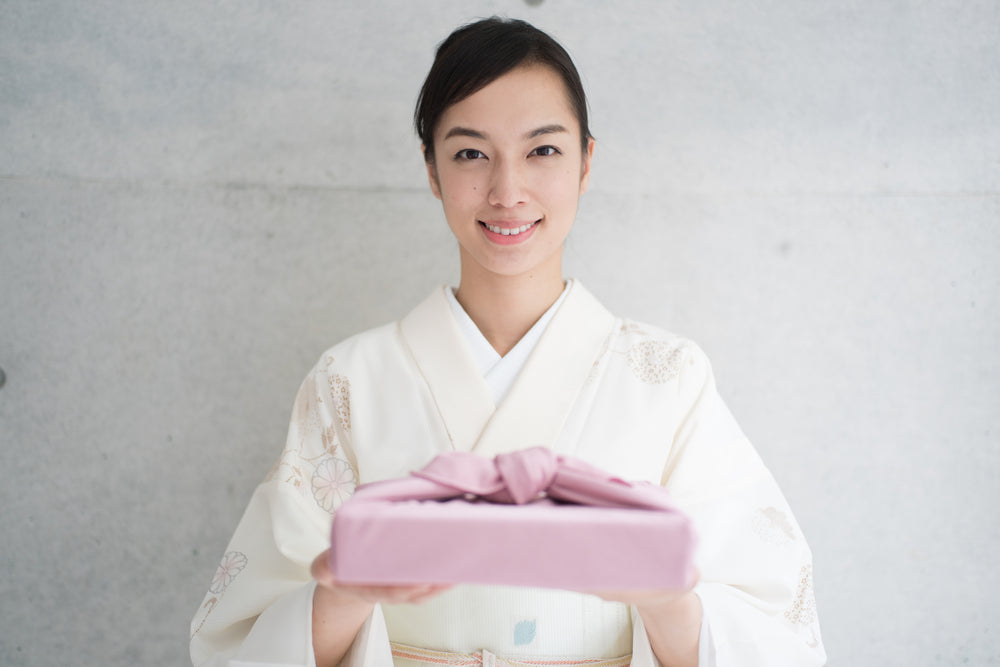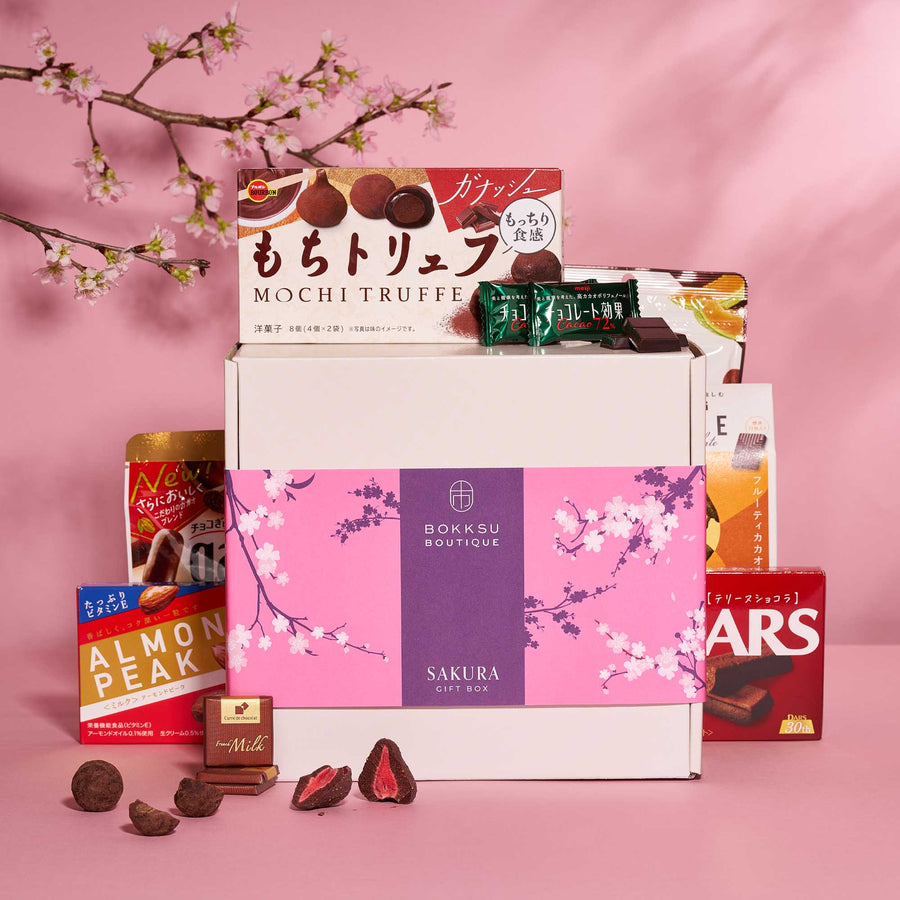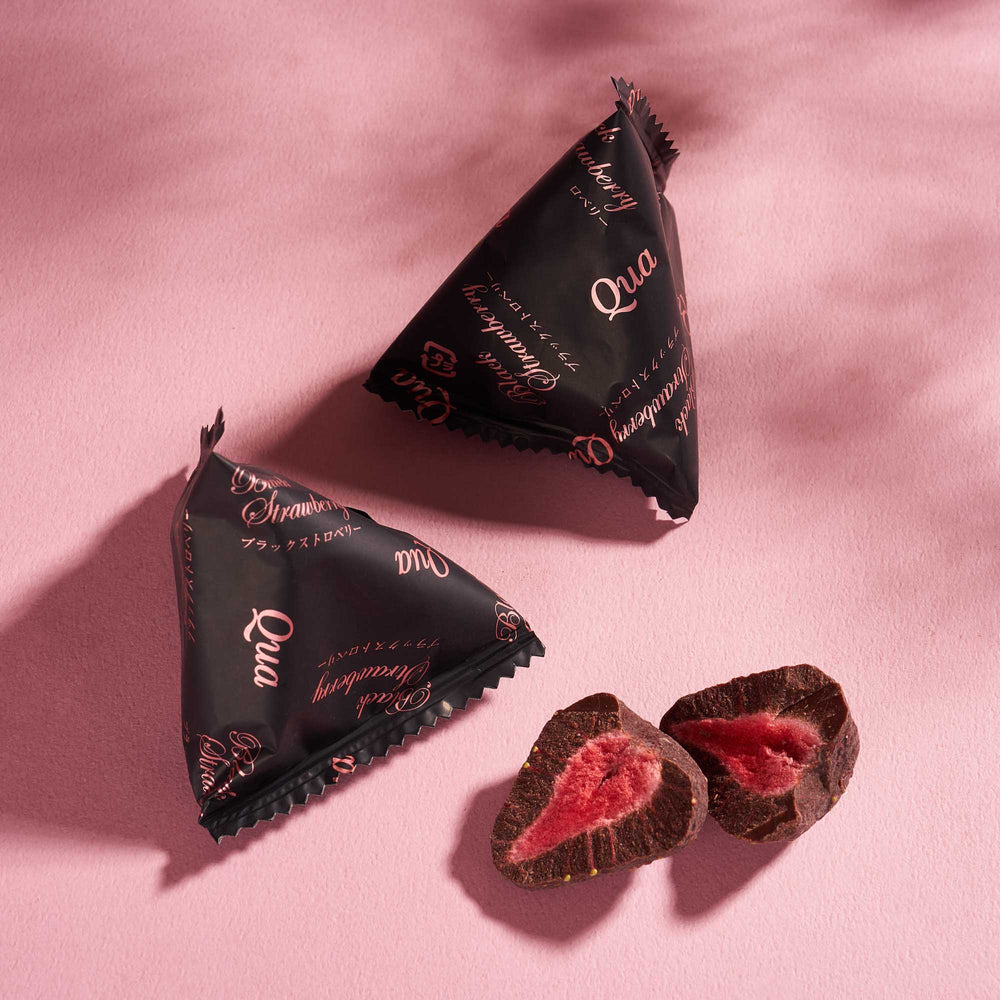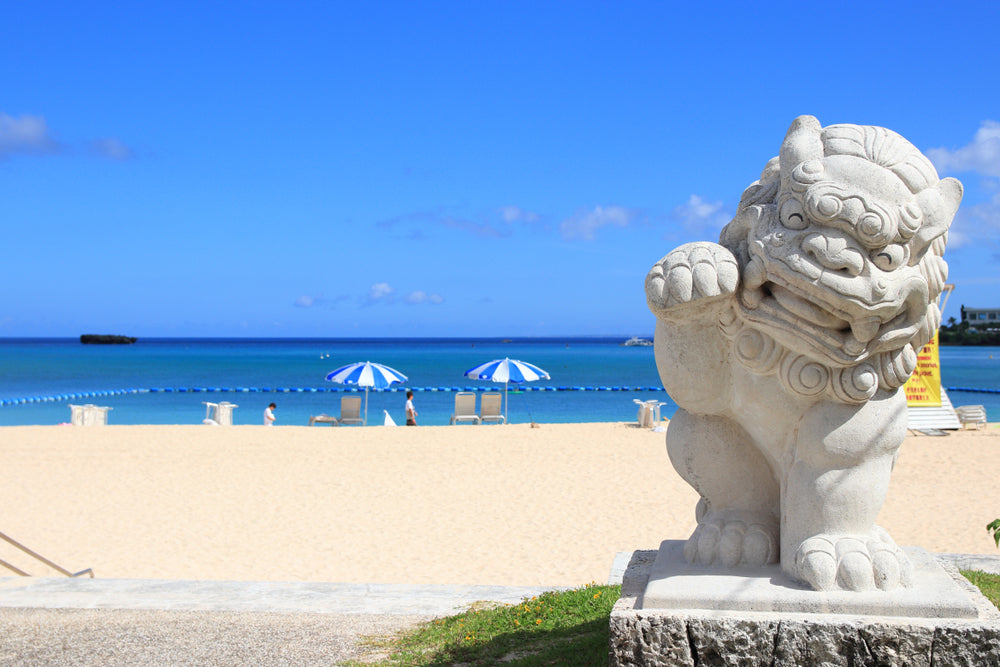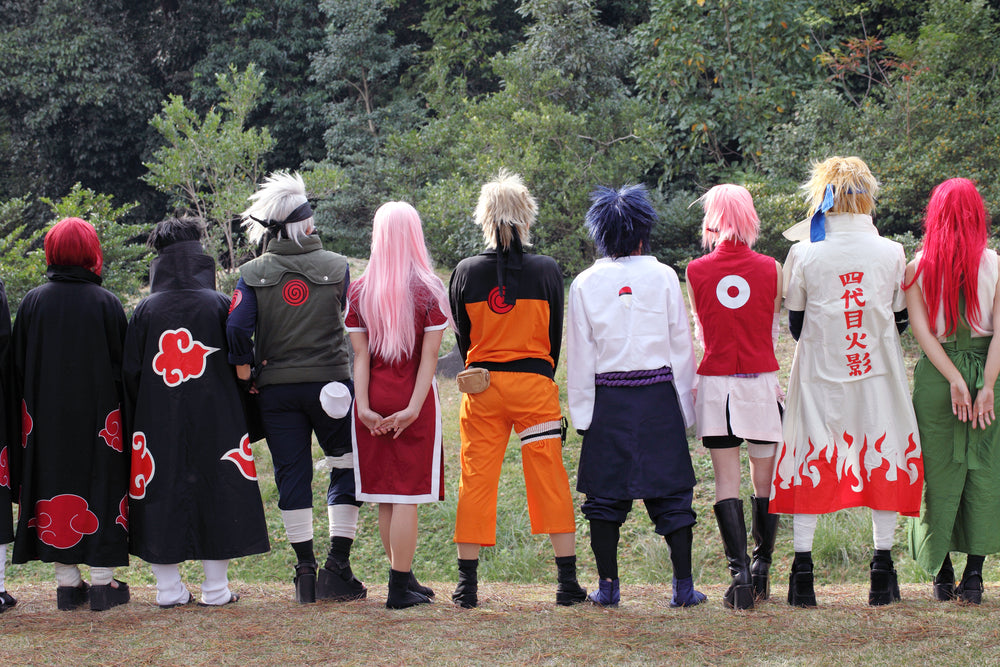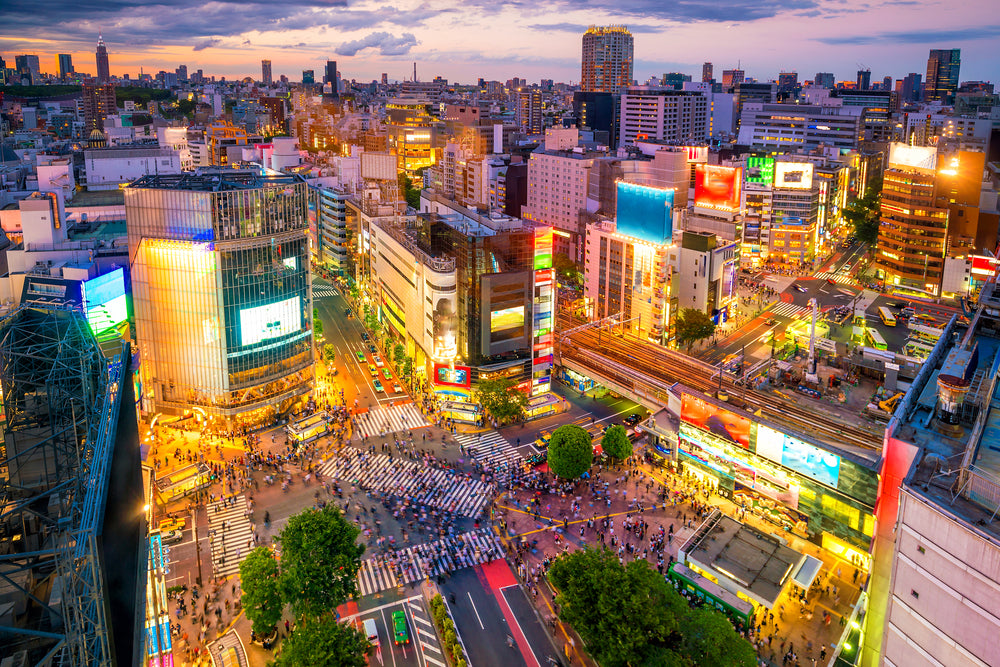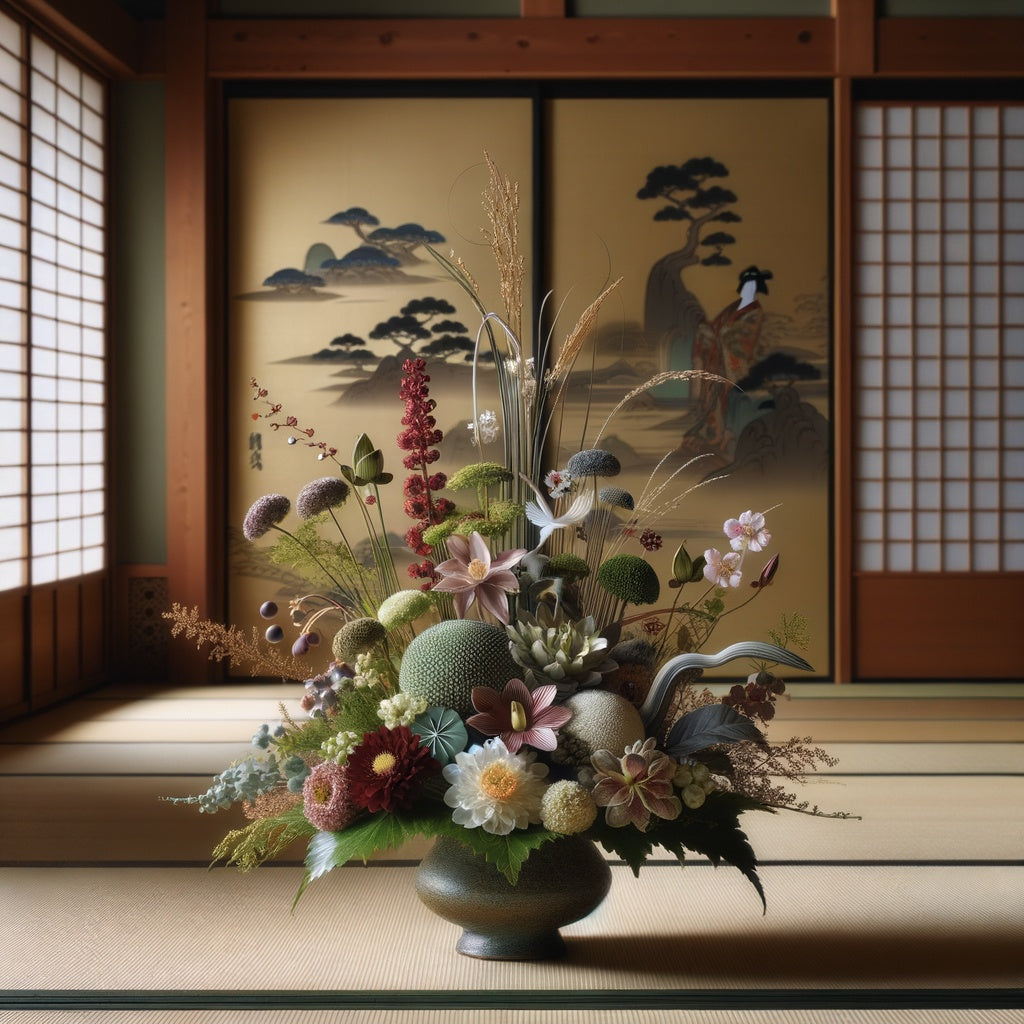Essential Guide to Onsen: Naked Etiquette for Japanese Hot Springs
If you're one for spas and jacuzzis, chances are you'll enjoy Japan's affinity for luxury. The Japanese are masters at creating grand experiences founded on philosophy and disciplined art forms. Take ikebana 生花, the style of flower arrangement that emboldens a single bloom to captivate a lofty room; or kaiseki 懐石 cuisine which delivers nature’s finest to the tasting table. These well-defined trademarks of Japanese culture have evolved over centuries to form the modern Japan we know and enjoy today.

One such experience that should not be missed is bathing at an onsen. Onsen 温泉 is a Japanese bathhouse built around and sourced by water originating from a local hot spring. Traditionally, bathhouses are public venues accessible to most townspeople and city dwellers, but modern tourism has designed it for ryokans and luxury hotels. The attraction of natural minerals and its benefits for the skin and overall health have made onsen very popular. There's even a yearly competition on the best onsen in Japan (see our article on Onsen in Kyushu). Travelers familiar with the Japanese culture of modesty may find themselves surprised by the practice as it involves a degree of public nudity. But before you shy away from the old adage to "do as the Romans", fret not! We've got your back and bring to you another guide to understanding one of Japan's unique traditions.

There are three things to keep in mind before entering an onsen: First, you cannot bathe in an onsen if you have a tattoo. Tattoo-friendly onsens exist but are rare and difficult to find. Most do not allow tattoos of any shape, design, and size due to their association with the Japanese Yakuza gang. Second, pack only the essentials (key, wallet), and bring a towel, washcloth, toothbrush, and shampoo/conditioner. The latter items are permitted in the bath area, but the rest of your personal effects must be kept in a basket or locker. Don't bring a swimsuit. You won’t need it.
Mentally prepare yourself for cultural exposure. You'll be fine!
Step 1: Pay and enter (no shoes, please)
Depending on the size of the establishment, you might be greeted by a female staff member or a vending machine where you can pay admission. Some places offer guest towels and other amenities but it's best to inquire in advance. Onsen with lockers will provide a bracelet key which you can keep as you bathe. Others will provide a basket for your things. Look for the nearby shoe rack and change out of your shoes into slippers (a standard for any traditional Japanese space). Females enter through a red curtain marked by 女 and males through a blue curtain marked 男.


Step 2: Change out of your clothes
Remove all your clothing and jewelry and store everything (including cell phones - no selfies here!) in your basket/locker. At this point, it's likely that you'll come across other guests whom may already be undressed or wrapped in a towel or yukata-style robe. Keep in mind that wearing the robe is acceptable only after bathing completely, in the locker room. You may wrap yourself in a towel as you move from one section to another, but do not bring your robe or towel into the pools.
Step 3: Rinse and warm your body
This is the MOST IMPORTANT step. Your bare disposition may cause you to feel a bit antsy, but before you enter the pool, take a few minutes to cleanse yourself first. Your fellow onsen goers will appreciate your thoughtfulness. No one wants to bathe in dirty water!

The locker room will lead to shower stations, often with sitting stools and hand-held shower heads or hand buckets, where one can scrub-a-dub-dub to cleanliness. Use your washcloth to expel your worries and dirt from the day's hike. Then, practice Kakeyu かけ湯 and rinse with hot water from foot to head to properly prepare your body for the bath.
Step 4: Dip and relax
Once you’ve done your due diligence, you’re ready for the reward! SLOWLY STEP - DO NOT DIVE OR JUMP - into one of the pools. The water can be extremely hot, up to 42 degrees C/100 degrees F! To avoid shocking your body, do hanshin-yoku 半身浴 and submerge just the lower half of your body up to your waist. When sweat beads have appeared on your forehead, then try zenshin-yoku 全身浴 and submerge up to your shoulders.


Want to level-up? Do as the locals and place your folded washcloth on your forehead as you slip into repose. Aahhh...
You’ll notice the color of the water to be varying shades of yellow, green, brown and red. These are due to the naturally-occurring minerals at the onsen, or in the case of sento (another type of bathhouse that uses tap water), a mix of healthy ingredients like tea that rejuvenate your skin. It is recommended that guests try 1 or 2 pools, with an immersion time of no more than 10 to 20 minutes.

Step 5: Cool down and exit
After exiting the pool, do not rinse off your body again or you’ll wash away the healthful minerals. If you feel the need to cool off, rinse below your knees only. Dry yourself thoroughly before re-entering the locker room; or detour to a steam room or therapeutic massage room in which you can, of course, use your towel for modesty. The onsen environment encourages taking time for health and wellness so forget your to-do list and feel free to use the available post-bath amenities and appliances. Wait to exit entirely before putting your shoes back on.

My favorite post-bath activity always involved a bottle of creamy milk from the vending machine and eating Okinawa soba at an in-house restaurant. Don't miss out! There’s nothing like a homestyle meal with local specialties to complete your bathhouse experience. As you join the chorus of contented sighs among patrons, don’t forget to hydrate!
Author Bio








 Bokksu Snack Box
Bokksu Snack Box



